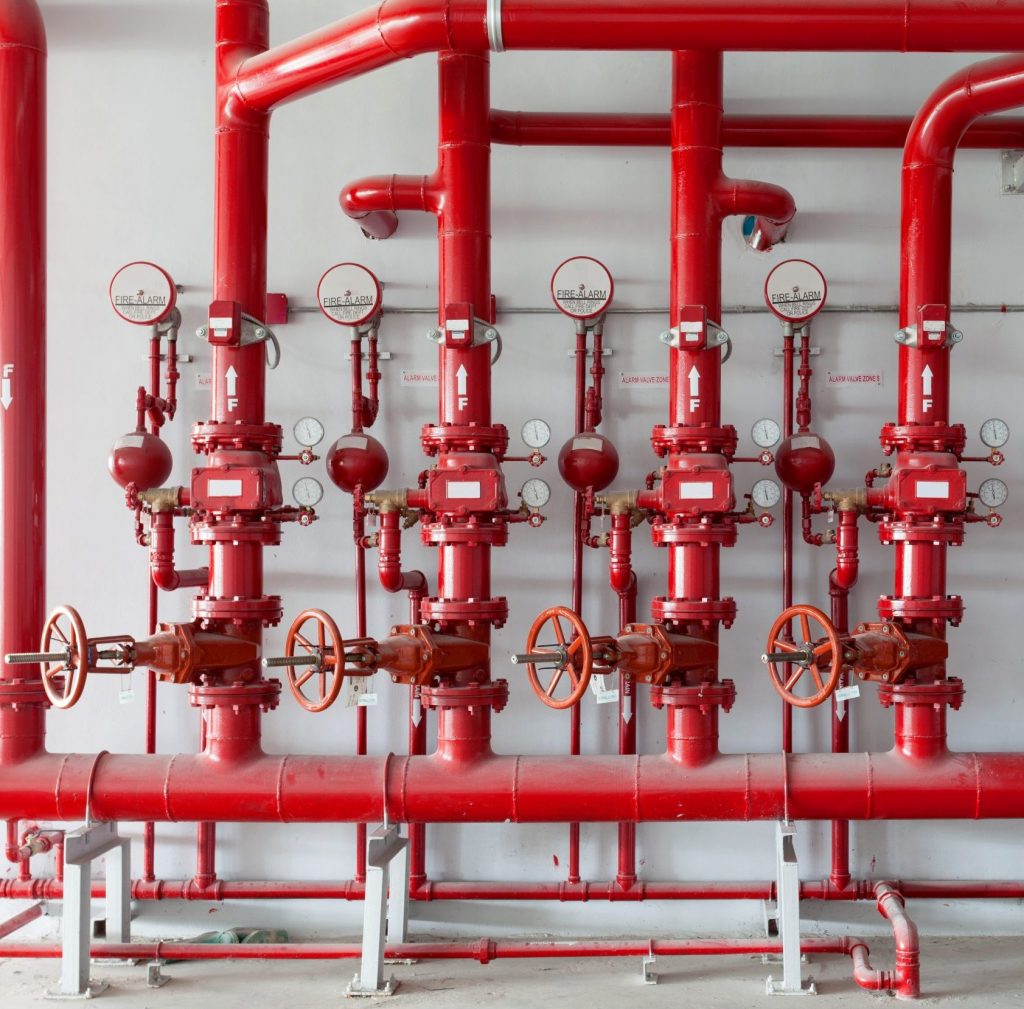Sydney fire safety is more than just checking boxes. The Annual Fire Safety Statement is the central element of the system. It’s not just about meeting the legal standards, but also displays the property owner’s commitment and dedication to safety. Alongside the Fire Safety Certificate, the AFSS forms the basis of an organized system that guarantees the safety of the building’s occupants and reassures insurers. It also gives councils confidence in the buildings that make up their city.
Why Fire Safety Annual Statement Is Required?
The requirement for an Annual Fire Safety Statement Sydney was not originally designed to be an exercise in paper. The requirement was formulated because fire protection systems however well designed, only work when they are tested, maintained and inspected on a regular basis. A sprinkler put in place ten years ago may look fine however, without a thorough inspection there’s no way to guarantee that it will activate in an emergency.

The AFSS obliges property owners to be able to prove, at least every year, that their fire safety measures, from alarms to hydrants to exit lighting, are still in compliance with the standards originally set by the Building Code of Australia. It is not just an inspection. It is an open declaration that lives are secure and that the building is able to be able to stand up to an emergency.
The distinction between AFSS Certificates and Fire Safety Certificates
The Fire Safety Certificate and the Annual Statement are frequently misunderstood by homeowners, but they have different functions. The certificate is issued once a major upgrade or a new system are installed. It demonstrates that the latest measures are in compliance with the regulations before an apartment or tenancy building can be leased. The AFSS is a supplementary step. It’s a continuous obligation which proves that the same systems continue to meet the requirements each year following installation.
Taken together, they create an entire cycle of protection. certificates confirm that safety measures are properly installed as well as annual audits to ensure that the systems are in good condition throughout the building’s life. Missing either step weakens the entire chain of protection.
The responsibility of the building owner
In New South Wales, the AFSS procedure is unique in the sense that the owner of the property has the sole responsibility. The AFSS process is different from other systems of compliance that permit defects to be classified as major and minor. If one step does not work the entire statement will be unenforceable.
Owners are expected to be proactive. Owners must adhere to strict deadlines while scheduling inspections, involving accredited professionals in arranging repairs, and submitting documents to council. These councils, as well as strata landlords, are also accountable for coordinating with contractors, tenants and insurers. While it can be challenging, the structure was designed to guarantee that the safety of tenants will never be at risk.
The impact of AFSS on Sydney
Beyond compliance with law beyond legal compliance, the AFSS has more ramifications. When renting space, tenants frequently inquire about the current safety statement of a building. Insurance companies often require an affidavit prior to deciding on their coverage. A current Annual fire safety declaration can influence the value of the property, tenant confidence, and even the cost of insurance.
For councils, it provides assurance that the buildings of thousands throughout Sydney are monitored regularly. For fire departments this means that the systems are more likely to function during real emergencies, reducing the risk to occupants as well as firefighters. The AFSS isn’t only about protecting buildings. It’s also about making the city safer for all of us.
Conclusion: AFSS as a Standard of Trust
The requirement to have an annual Fire Safety Statement Sydney may seem like an administrative burden however, it’s actually an act of confidence. It demonstrates that fire safety isn’t left to chance. It is a proof of the quality of equipment, and that homeowners are accountable to ensure the security of their residents. This certificate when coupled with a Fire Safety Certificate completes the system of confirming both the implementation of safety measures and their continual performance.
For property owners, the lesson is clear: the AFSS is more than an annual deadline. It’s an obligation to the community trust, safety and accountability. The AFSS is essential in Sydney’s rapidly expanding urban landscape, where thousands of residents rely on safe and safe buildings.